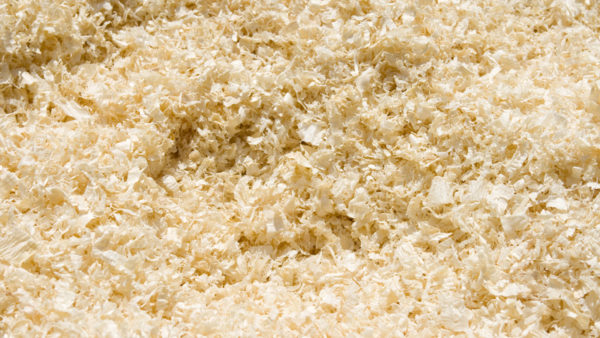29 January 2014
While engineers around the world contemplate huge civil engineering schemes to trap the ocean for tidal energy, researchers in California are making waves with a more direct approach. Rod Sweet reports
The “Wave Energy Converter”, being developed by a team at University of California, Berkeley, is a carpet that sits on the sea floor absorbing the movement of waves.
The design, inspired by the ability of muddy seafloors to absorb wave energy, uses a synthetic seabed-carpet on top of a grid of spring-loaded cylinders. The carpet undulates as waves pass overhead and the moving cylinders make hydraulic pressure that can be pumped onshore to be converted to electricity.
“There is a vast amount of untapped energy in the oceans and with increasing worldwide demand for power, the need to find cleaner alternatives to fossil fuels is critical,” said assistant professor Reza Alam, a wave mechanics expert and researcher on the project.

The “Wave Energy Converter” concept being tested at UC Berkeley
He said the benefits of the system include no visual impact and minimal disruption to navigation and sea life.
And it works fine in storms. “Our system would work with no problem in stormy conditions because the water column above the carpet buffers the impact momentum of surging waves,” he said. “In fact, our carpet is even more efficient when ocean waves are stronger.”
Early experiments with wave tanks at UC Berkeley have been promising, Dr Alam said. Results suggest that the wave carpet was able to absorb more than 90% of incoming wave energy.
A seafloor carpet system would be highly productive as well. Alam estimated that one square meter of carpet could generate enough electricity to power two US households.
Wave energy from 100 sq m of a seafloor carpet off the California coast could generate the same amount of power as an array of solar panels the size of a soccer field, he added.
Ideally, the system would be located in shallow coastal waters about 60 feet deep. The topography of the seafloor need not be flat, but areas with reefs would be avoided.

The carpet undulates as waves pass overhead, creating hydraulic pressure
As well as generating power, the system can also act as a localised sea-calming system. Energy-absorbing muddy spots on the seafloor dampen waves immediately, and the researchers noted how experienced fishermen in the Gulf of Mexico steer toward such spots, known as ‘mud holes’, when a storm is brewing.
The system could also assist in coastal desalination projects, researchers say, because the conversion of hydraulic pressure generates excess heat.
Live testing of the concept is scheduled to begin in 2016, and Dr Alam said the system could be in commercial use within 10 years.










